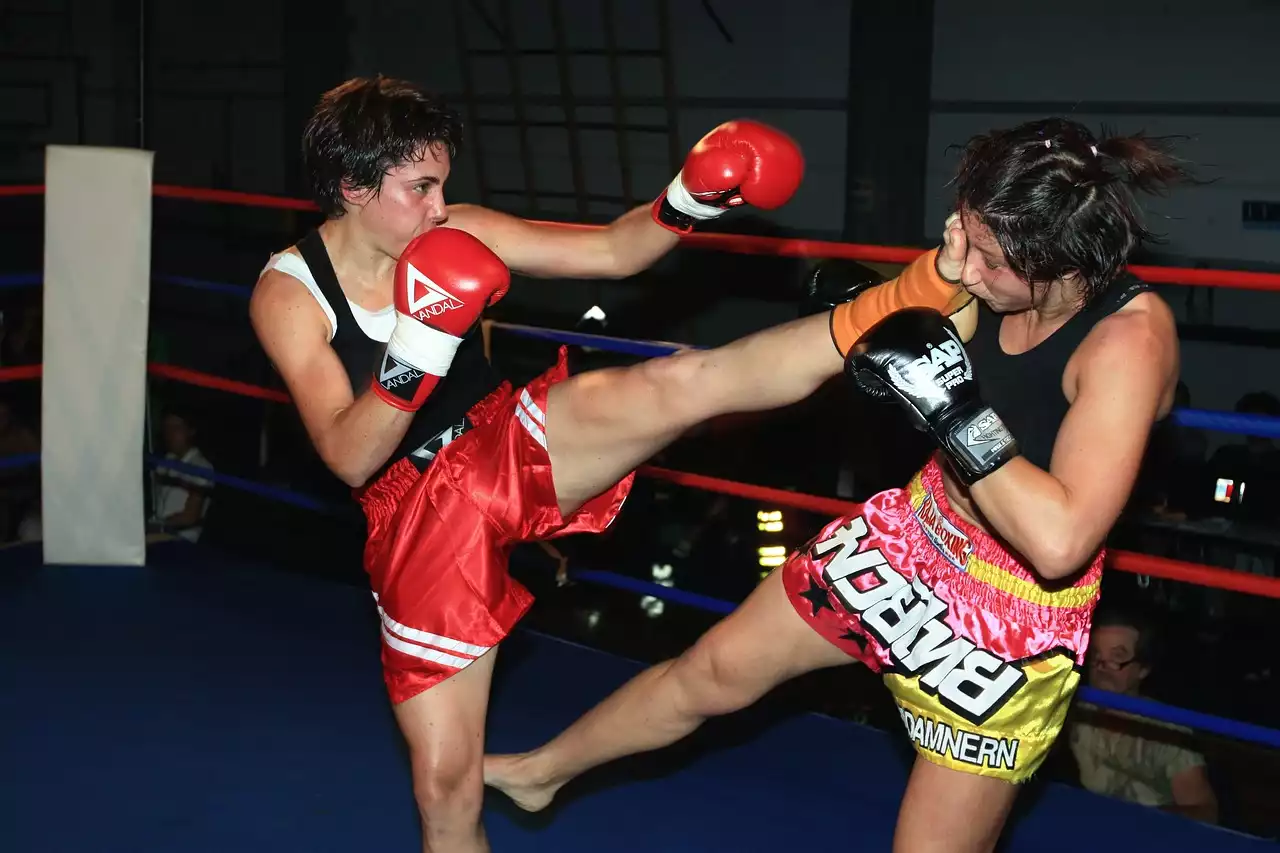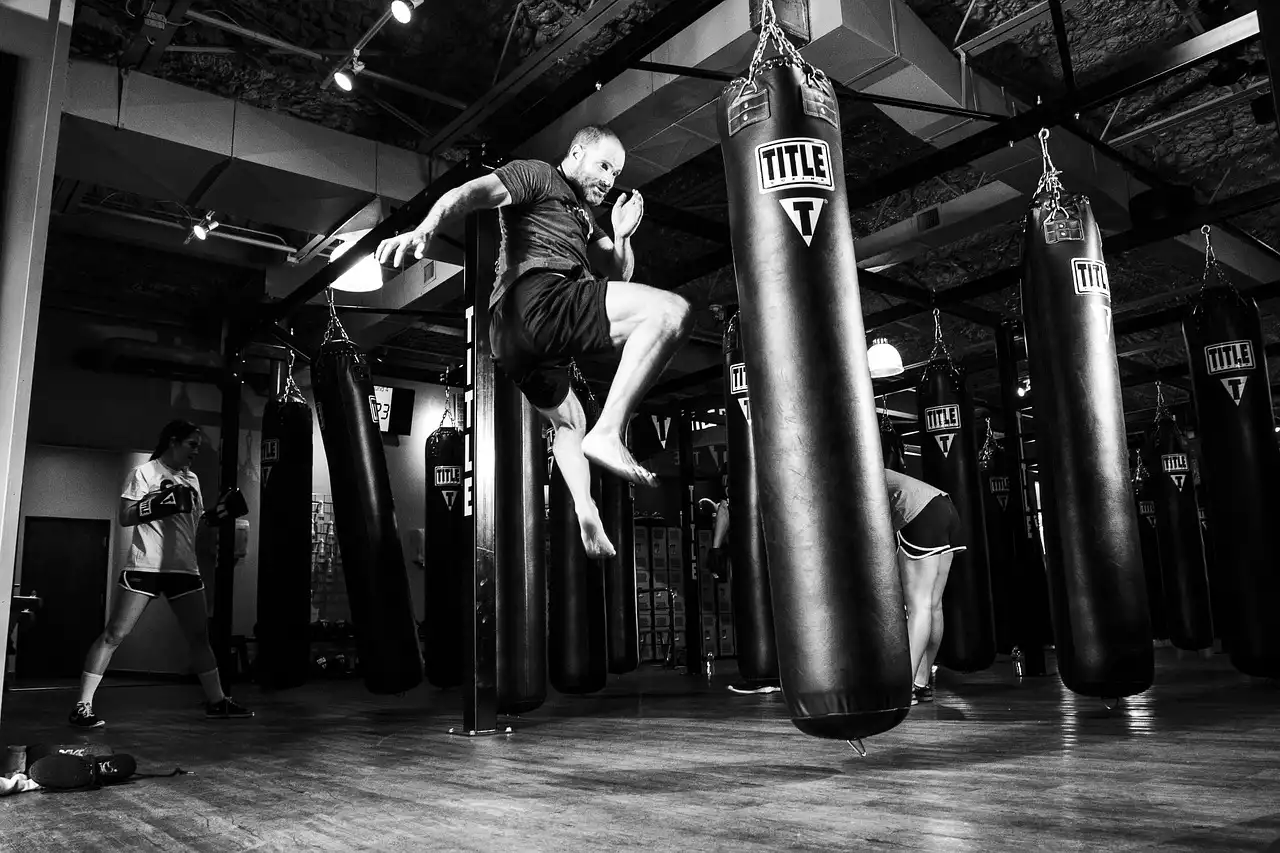Scoring System in Kickboxing Competitions
The scoring system in kickboxing competitions is based on a points system. Points are awarded for each strike that lands cleanly on your opponent's body or head. The amount of points awarded varies depending on the severity of the strike. For example, a punch to the head is worth more points than a punch to the body.
In addition to points, judges also consider other factors when scoring a bout. These factors include the number of strikes landed, the overall skill level of each fighter, and the level of aggression displayed by each fighter. Judges may also take into account the number of times each fighter is knocked down or forced to take a standing count.
It's worth noting that scoring in kickboxing competitions can be subjective. Judges may have different opinions on what constitutes a clean strike or what level of aggression is appropriate. As a result, it's important to focus on delivering effective strikes and demonstrating skill and aggression throughout the bout.
Types of Kicks and Punches Allowed in Kickboxing Competitions
Kickboxing competitions allow a variety of kicks and punches, but there are some restrictions. For example, low kicks to the legs are typically allowed, but kicks to the groin or knees are prohibited. Punches to the face and head are allowed, but strikes to the back of the head or neck are not allowed.
Kicks and punches must be delivered to the appropriate part of the body. For example, kicks must be delivered with the foot or shin, while punches must be delivered with the fist. Elbows and knees are not allowed in kickboxing competitions.
It's important to note that the rules regarding kicks and punches may vary depending on the organization hosting the competition. Some organizations may have more stringent rules, while others may allow more flexibility. Be sure to review the rules for your specific competition before participating.
Prohibited Moves in Kickboxing Competitions
In addition to specific restrictions on kicks and punches, other moves are prohibited in kickboxing competitions. These include throws, takedowns, and grappling techniques. Fighters are not allowed to grab or hold their opponent in any way, and they must maintain a standing position throughout the bout.
If a fighter does grab or hold their opponent, the referee may issue a warning or deduct points from their score. If a fighter continues to use prohibited moves, they may be disqualified from the bout.
Protective Gear Required in Kickboxing Competitions
To ensure the safety of all fighters, kickboxing competitions require the use of protective gear. This includes gloves, shin guards, and a mouthguard. Some competitions may also require headgear or a chest protector.
The gloves used in kickboxing competitions are typically lighter than those used in boxing. This allows for faster strikes and more fluid movement. Shin guards are also used to protect the lower legs from kicks and other strikes.
It's important to ensure that your protective gear fits properly and is in good condition before competing. Ill-fitting or damaged gear can compromise your safety and the safety of your opponent.
Weight Classes in Kickboxing Competitions
Like many combat sports, kickboxing competitions are divided into weight classes. Fighters are matched up against opponents of similar weight to ensure fair and safe competition. The exact weight classes may vary depending on the organization hosting the competition.
It's important to note that weight classes can have a significant impact on your performance in the ring. Fighting in a weight class that is too heavy or too light can put you at a disadvantage. Be sure to choose a weight class that is appropriate for your size and skill level.
Rules for Rounds and Breaks in Kickboxing Competitions
Kickboxing competitions are typically divided into rounds, with each round lasting between two and three minutes. The number of rounds may vary depending on the organization hosting the competition. Between rounds, fighters are given a short break to rest and receive coaching from their corner.
During the bout, fighters are not allowed to leave the ring or receive any outside assistance. If a fighter is injured or unable to continue, the bout may be stopped and a winner declared based on the score up to that point.
Fouls and Penalties in Kickboxing Competitions
Several actions are considered fouls in kickboxing competitions. These include striking an opponent while they are down, using prohibited moves, and intentionally injuring your opponent. If a fighter commits a foul, they may receive a warning, have points deducted from their score, or be disqualified from the bout.
It's important to avoid committing fouls during the bout, as they can significantly impact your performance and may result in disqualification.










